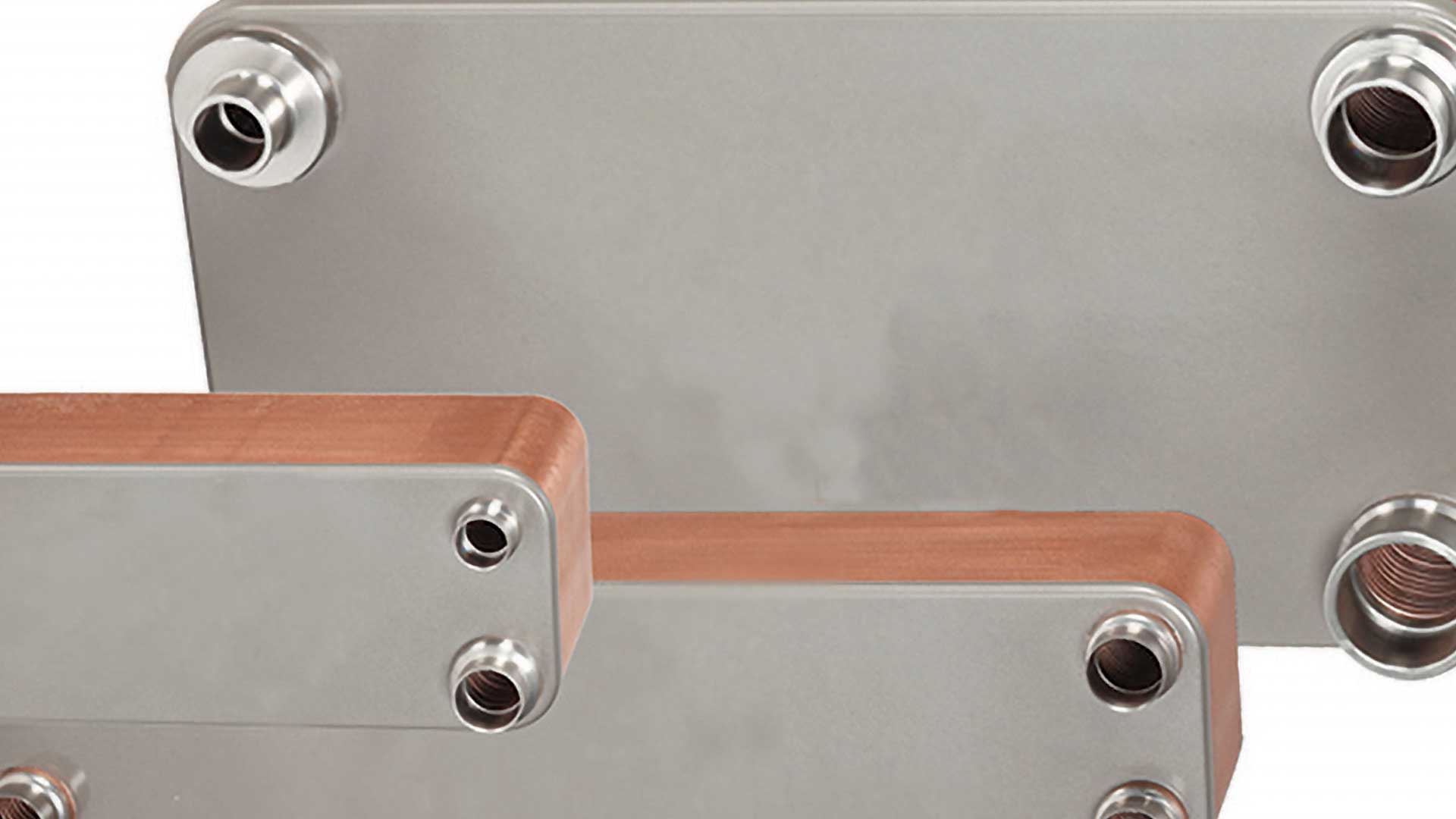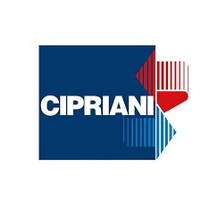HEAT EXCHANGERS

Heat exchangers are devices that allow the transfer of heat (energy) from a high-temperature fluid to another lower-temperature fluid.
Alternators are classified into two main types:
• Direct contact exchangers where fluids of different phases come into direct contact with each other, exchange heat and then separate again. They mainly concern industrial applications
• Indirect contact exchangers in which the two fluids exchange heat without mixing with each other, through a separating surface. These are the exchangers most commonly used in heating installations.
For example, radiators are air/water heat exchangers. The components of the fan coils are air/water exchangers.
The two most common types of alternators are
1. Tubular heat exchangers (shell and tube) Heat exchangers of this type have the advantage that they do not clog easily and do not require frequent maintenance, but they have lower efficiencies than plate heat exchangers for the same volume of device.
2. Plate heat exchangers. These are made of stainless steel plates that are joined together by welding or clamping. The advantages of plate exchangers are the large power in relation to the volume of the exchanger, the possibility of precise control of temperatures, small losses, high temperatures, and operating pressures.
Our company represents two of the largest houses in this category. The German REFLEX and the Italian CIPRIANI. The product competence of SEFANIS provides a wide variety of alternators that can adequately cover any installation.


